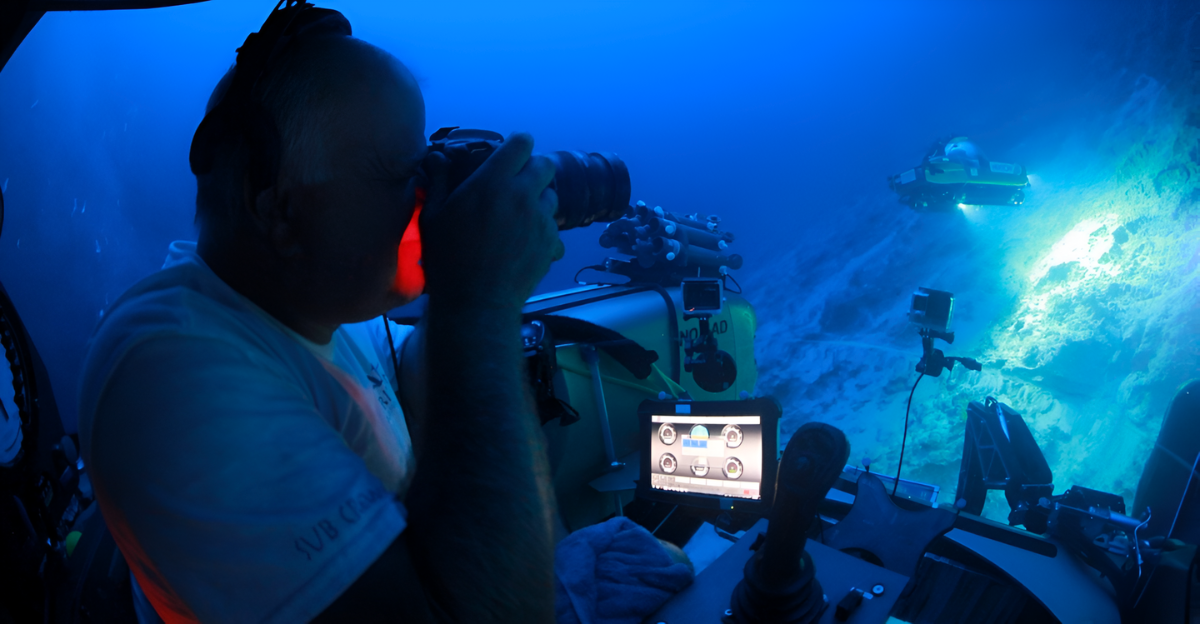
Scientists and conservationists have been fighting to track invisible threats heating our planet for decades. One of these players is a next-generation satellite launched just a year ago, designed to put methane emissions from space on the map.
But something strange has happened. The satellite suddenly disappeared without warning, shocking scientists. With millions invested and groundbreaking data at stake, this disappearance raises immediate questions no one has answered.
A Silent Satellite
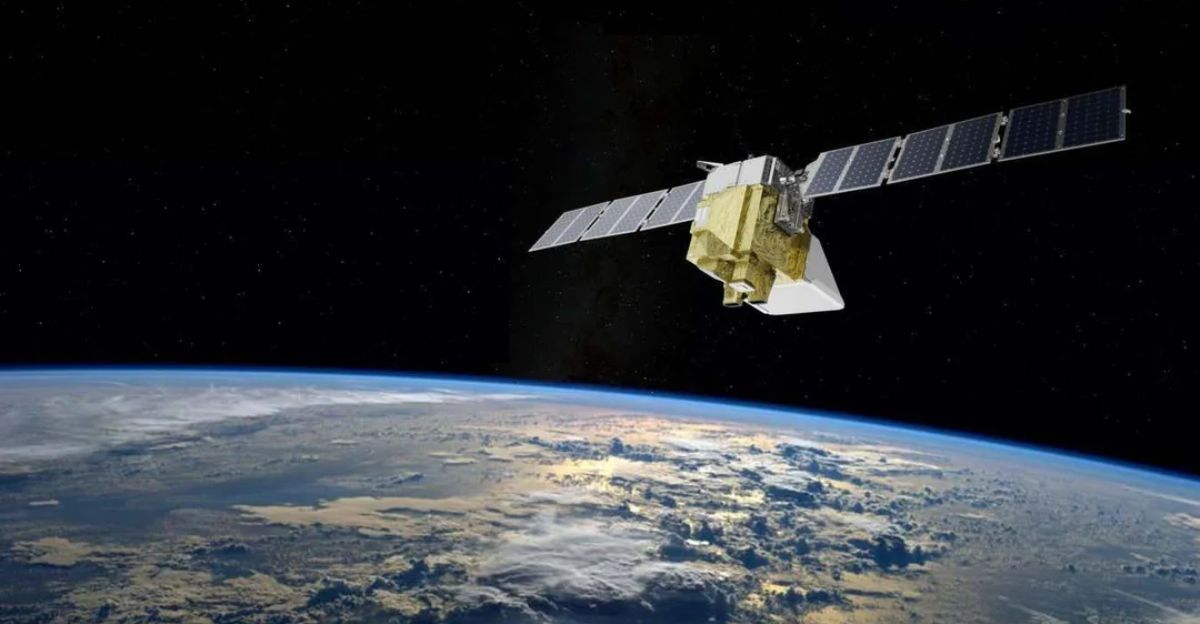
The satellite, MethaneSAT, went quiet without any warning signs of malfunction. Engineers first noticed communication issues two weeks ago.
Multiple attempts at reconnection were made, but the system would not respond. It’s now official: the satellite has lost power altogether. It’s a shocking turn for a mission showing great promise in its first year of operation.
What Was MethaneSAT?
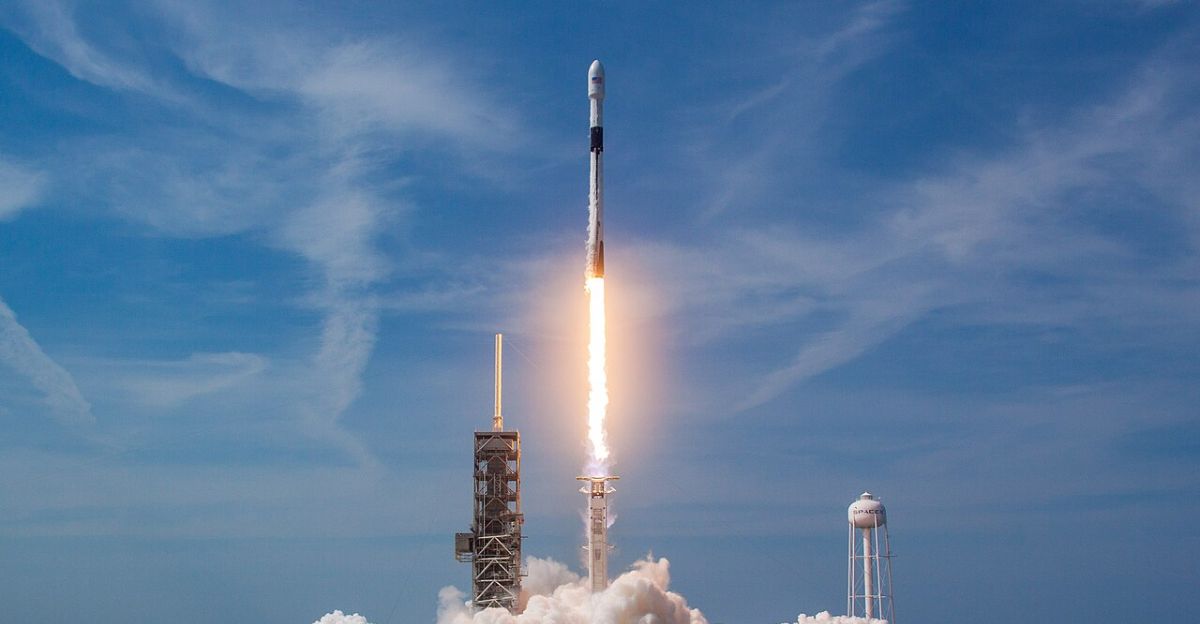
MethaneSAT was a high-accuracy satellite launched in March 2024 aboard a SpaceX Falcon 9 rocket. Commissioned by the nongovernmental Environmental Defense Fund (EDF), it was designed to monitor human-induced methane emissions.
The satellite was built using cutting-edge spectrometry technology to identify methane leaks in space and pinpoint their precise sources for the first time in history.
An $88 Million Investment

It cost $88 million and was backed by major players like Google and Jeff Bezos. Planned to operate for five years, MethaneSAT was part of a broader international push to hold industries responsible for oil and gas leaks, as well as other methane leaks. The early data from the satellite revealed just how much methane was slipping through undetected.
A Greenhouse Gas with Punch

Methane is also a potent climate pollutant, trapping around 28 times more heat than carbon dioxide over a 100-year time frame. It’s the second-largest contributor to global warming after CO₂.
But it’s historically difficult to track because methane escapes undetected through drilling, shipping, or storage. MethaneSAT was created to bridge that gap.
Not Just Another Satellite
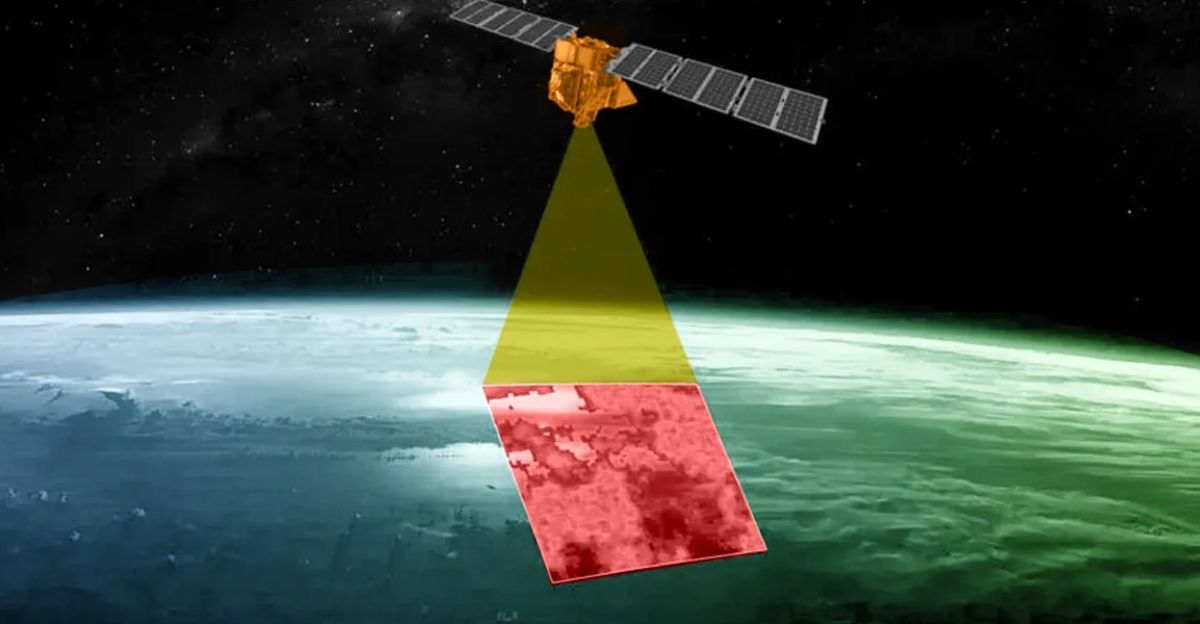
Unlike the broader observation systems used by agencies like NASA, MethaneSAT aimed to identify specific facilities releasing methane.
This would allow regulators, activists, and researchers to trace the emissions to specific locations, pressuring industries to take action. The satellite’s open-access data also increased levels of transparency for researchers globally.
Powerful Early Results
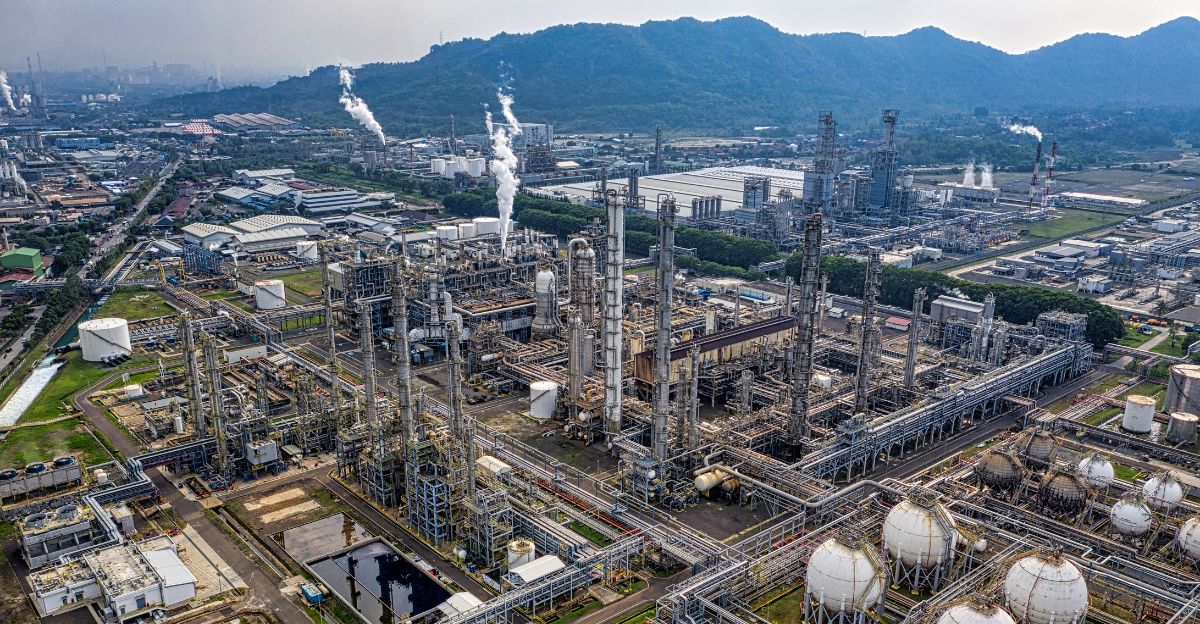
Still, its brief time in orbit proved valuable. MethaneSAT’s scans indicated oil and gas production in North America and Central Asia emitted much more methane than they officially declared. Contrary to official accounts, its results suggested the magnitude of underreporting within fossil fuel sectors.
What Went Wrong
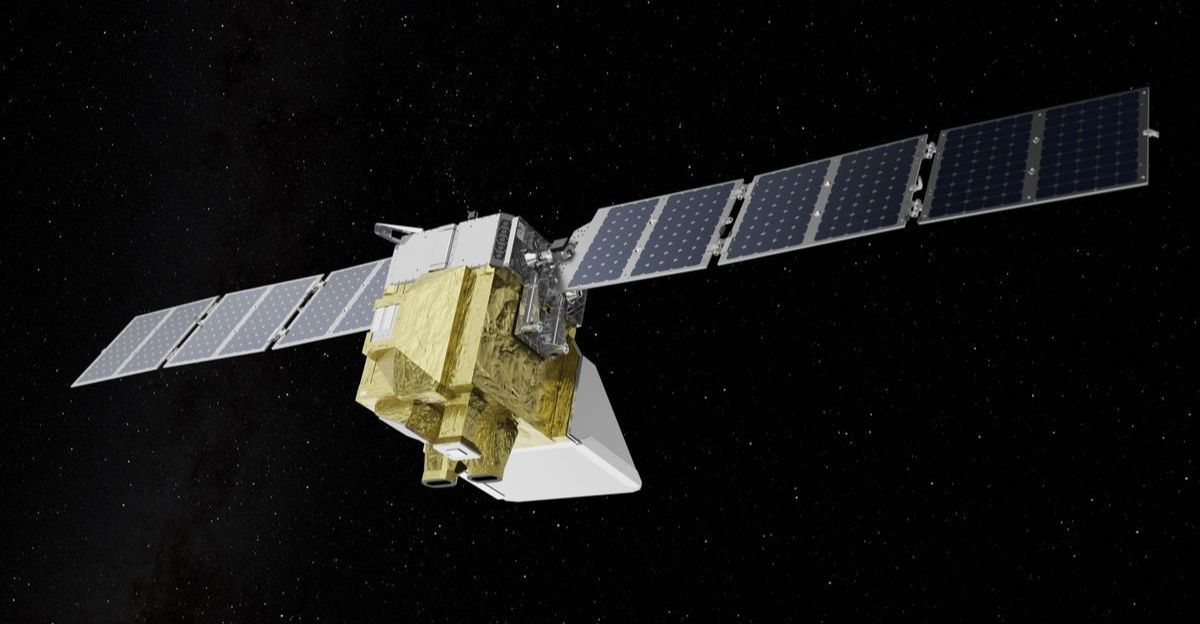
No one knows yet exactly what went wrong. The EDF states that the satellite has “likely lost power” and is “not recoverable.”
There will be an investigation, though technical issues in orbit sometimes cannot be located without getting to the hardware. It’s an abrupt ending to an already historic mission.
Still Some Hope
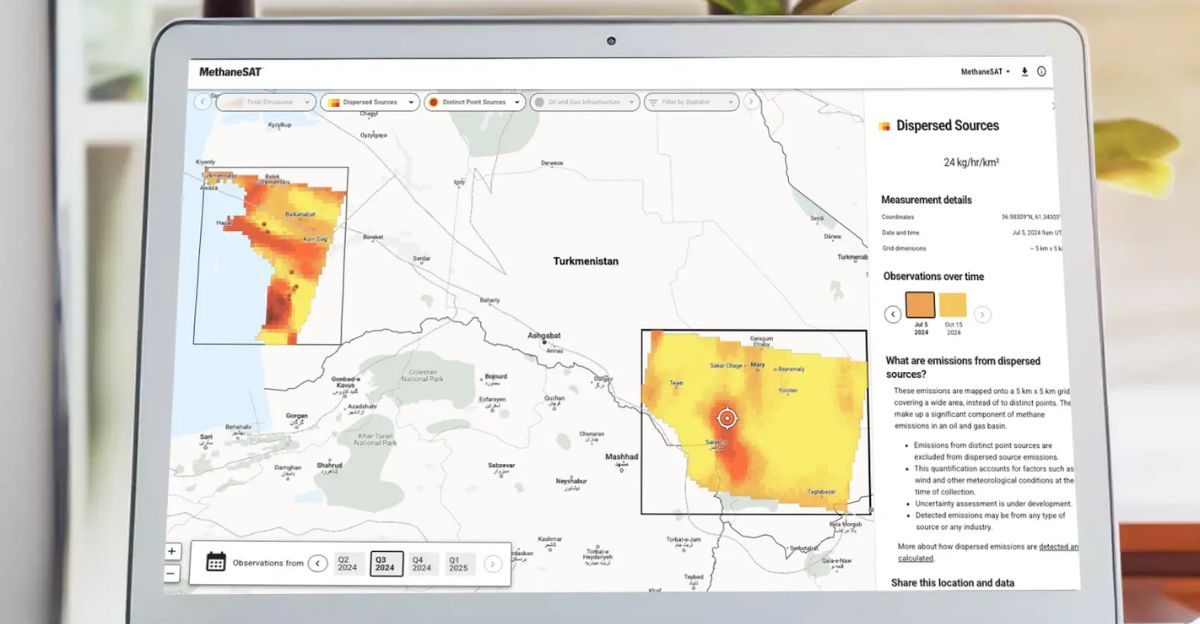
While communication with MethaneSAT failed, nothing is lost. The data already received remains in good condition and is highly valuable.
EDF asserted it will still analyze and publish results from the operating life of the satellite. These findings may still shape policy, science, and regulation in significant ways.
A Larger Trend in Space Monitoring
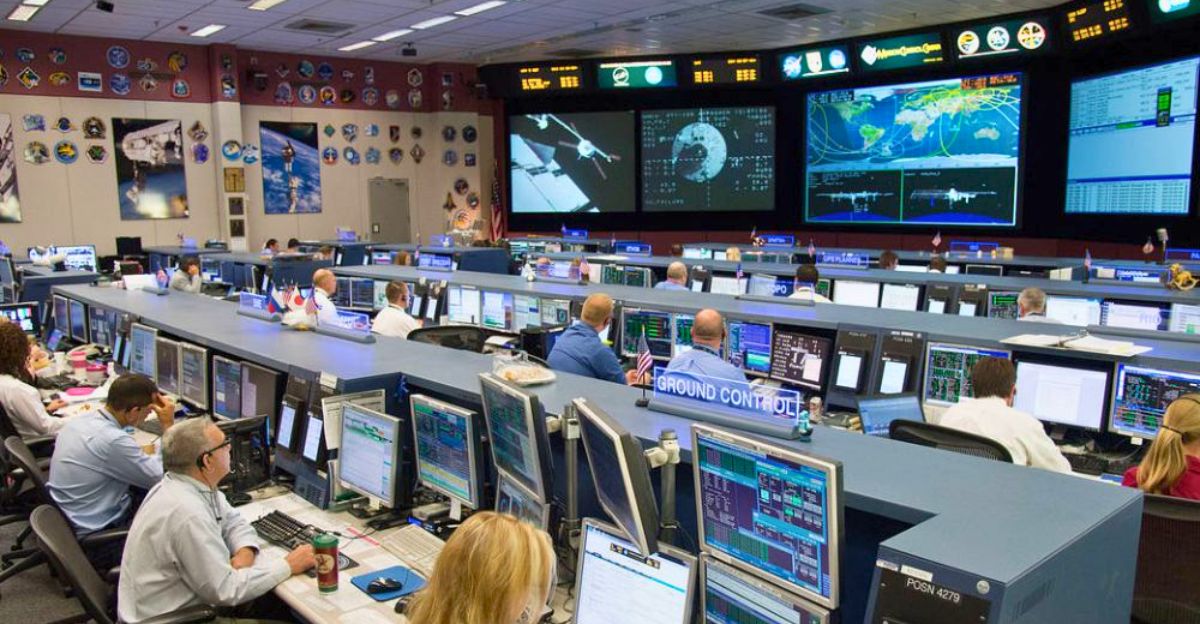
MethaneSAT is among a rapidly expanding satellite constellation designed to monitor Earth’s climate and emissions. NASA, ESA, and private companies have other missions that monitor methane and other pollution from space.
The technology is becoming essential to global climate accountability. But MethaneSAT’s failure demonstrates how vulnerable these systems can be.
The Bigger Picture

Methane emissions are a blind spot in climate policy. Leaks tend to be underreported, so their true impact is likely greater than currently believed.
Satellites such as MethaneSAT fill the gap, pressuring industries to do better. Losing it is not only technical—it’s also a blow to climate transparency initiatives.
Industry Response
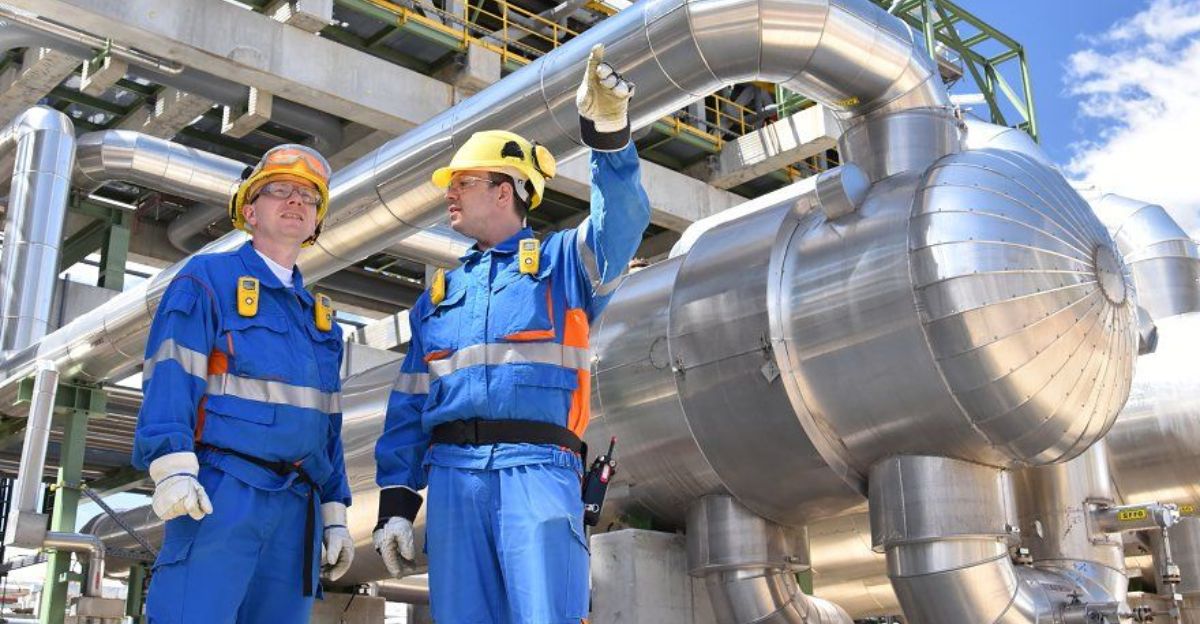
The satellite’s results had already stirred controversy among the energy industry. Some companies were already addressing methane leaks, thanks in part to increased public scrutiny and data disclosure.
Without MethaneSAT, some worry that this pace will decline. Regulators and watchdogs still have access to the original data, and other satellites are still operational.
A Success, Despite the Loss

EDF maintains that the mission was not a failure. The satellite demonstrated that the technology works, and its influence has already been witnessed.
The mission was successful in promoting climate science, revealing important emission data, and demonstrating what can be achieved using dedicated, purpose-built tools in space.
Looking Forward

While the loss of MethaneSAT is infuriating, it could spark new investment in long-term, high-impact climate tech.
Next-generation satellites may take lessons from its design. In the meantime, these events are a reminder of just how much we still rely on fragile machines to manage a delicate planet.






